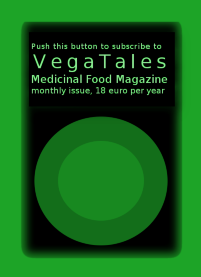Healing powers of the Fish Poison Tree or Barringtonia asiatica
This tree grows close to the sea, preferably on the beach. The tree provides necessary shade on tropical hot sand. Fruits with four sharp corners hang from its branches. What is inside this box?The box fruit is known by almost all islands and coastal inhabitants in the tropics, as the box that contains poisonous seeds for fish. Fish eat the seeds and die soon afterwards, after which the fish are eaten by humans. If you do not eat the organs, but only the fish meat, then the human being can not get sick of it.
Naming
This tree has different names in many countries. In Papua New Guinea it is called mwanumbu, mbrut and putu. It is called the rain tree on the Cook Islands. The English name is sea poison tree or fish poison tree.
Beach giant
The barringtonia asiatica has beautiful flowers. These flowers are pink and white and together form a large plume. On the English-speaking Polynesian Cook Islands it is called the rain tree because the flowers are whirling after a rain shower. When the flowers are at their best, they are blown with the wind. On Rarotonga, the main island of the Cook Islands, you can see the tree regularly along the road and spread a pink carpet at times. They also grow on the beach itself, becoming very large and wide. Instead of a forest giant, this tropical tree can be called a real beach giant.
Medicinally active substances
The medicinal active substances in barringtonia asiatica are: Bartogenide acid, 19-epibartogenic acid, anhydrobartogenide acid, hydrocyanidic acid, saponins, gallic acid, monosaccharides.
Subscribe to VegaTales to read the full article! Or download the free promo pdf.
Sources:
Interviews with people in Cook Islands, New Guinea and Indonesia


